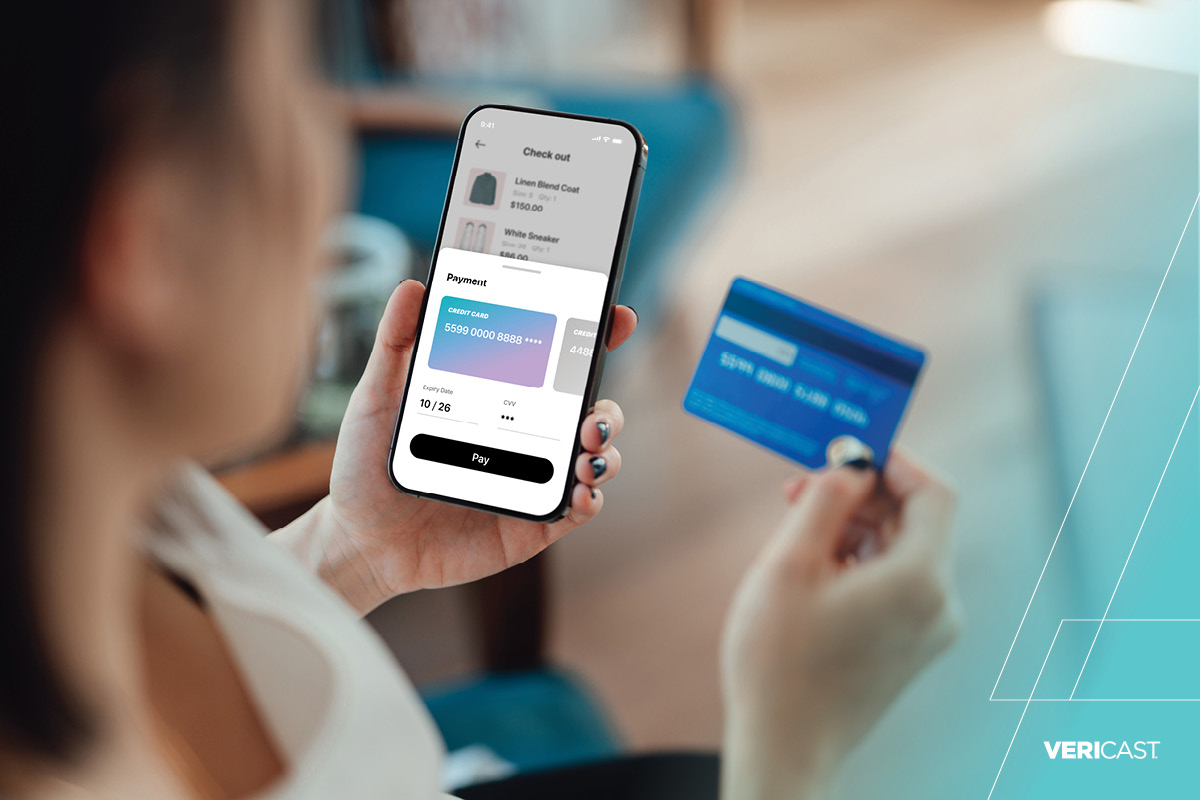For banks to appeal to a particular audience, it must first tie its offering closely to the wants and needs of its customer’s lifestyles. This strategy reveals a far broader landscape of insight and is actually a much better predictor of financial behavior than any crude vector like age, income or geography. For example, your target is someone who seeks a healthy lifestyle, but is too busy to pursue a consistent workout routine. Or, your potential customer is community-focused and looks for ways to match their values with local causes. By attaching customer attributes to actionable insights, you’re able to tailor your marketing budget more effectively.
Nowadays, it’s simply not enough to match demographics (age, location, annual income) to acquisition campaign marketing efforts. No matter the financial institution, there’s a persona or brand behind the exterior facade or landing page, so it’s important to look for the alignment between your brand and profitable customer lifestyles.
The Millennial Complex
So often, when brand strategists and marketers get in a room together, they focus too strongly on the cold, hard demographics. But, as it turns out, demographics do very little to help brands understand much about their potential customers. “Going after millennials” isn’t an effective strategy. It’s simply an age range. A more effective strategy would be recognizing the wants of needs of millennials. This audience typically seeks ways to exhibit their uniqueness and sense of place in the world. Therefore, brands can look for ways to appeal deeper than just product and service information overload. Instead, provide ways for millennials to associate your offering with their own persona. It gives them a sense of belonging, which in turn, makes them more likely to share your message with the masses.
Lifestyle Segmentation in Acquisition Marketing
Just like customer demographics, there are effective ways of examining lifestyles segments, called customer psychographics, or the study of people according to their attitudes and psychological criteria.
Although data certainly isn’t the only answer, remembering these four key groups can be helpful in analyzing and determining subgroups of customers and ultimately, where their loyalties lie:
- Geographic – Where does our customer focus group actually buy and use our product or service?
- Behavioral – Under what circumstances are these groups most likely to buy? And what are the ways they choose to consume or use the product or service?
- Psychographic – What makes your customer group unique? What are their personal preferences, cultural affiliations or alternative lifestyle choices?
New trends and social changes also play a role in determining how the public could behave. It is of utmost importance to keep a keen eye on all changes and continuously make correlations.
After all, lifestyle segmentation is periodic, consistent, and ever changing.
The Psychographics Chase
It’s not enough to simply understand the concept of customer psychographics and how it can theoretically apply to your institution’s business goals; it helps to have a plan in place to acquire these customers. How do you get this data first hand?
We’ve outlined two major methods below: interviewing existing clients and looking into website analytics.
1) Interviewing Existing Clients
Sometimes it’s the right questions that unlock the golden nuggets of client information. For example, asking a favorite type of client about their upcoming vacation or what they did over the weekend could inform personal motivations you never could have discovered otherwise.
2) Investigating Website Analytics
There’s probably more behind-the-scenes than you previously realized. For example, what offers have converted the most clicks, calls or purchases? It’s good to stay aware of the factors that make up the bulk of your customer actions.
The bottom line: aim to target customer lifestyles most likely to be attracted to your brand, (and vice versa) for the most success.
Ready to accelerate acquisitions? Click here to grab the free guide: “7 Types of Household Acquisition Campaigns to Consider.”



